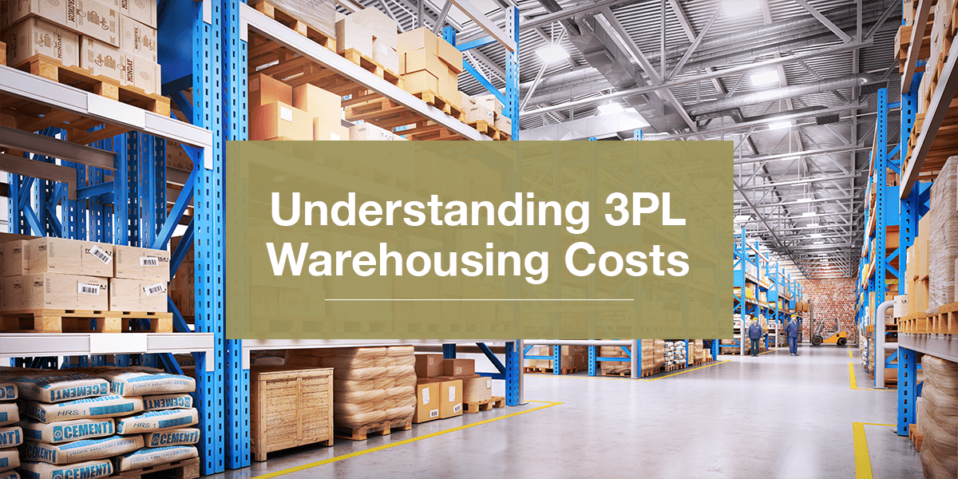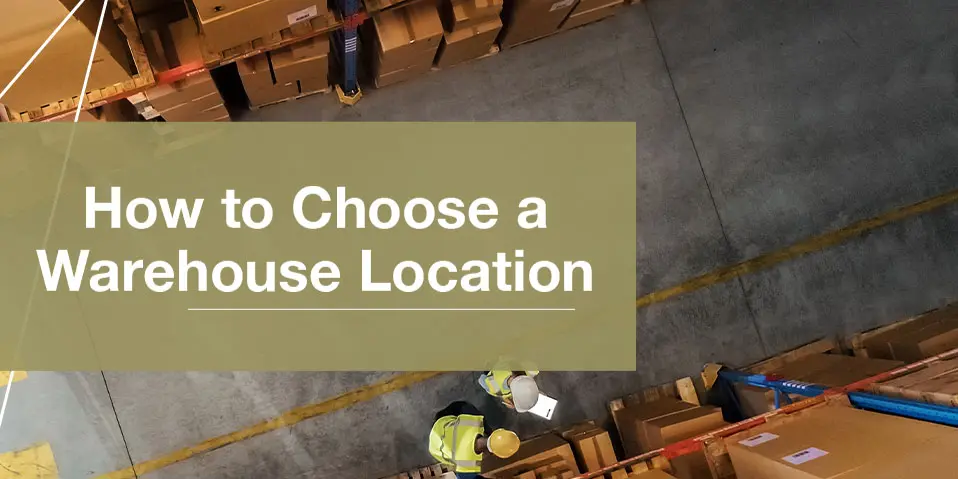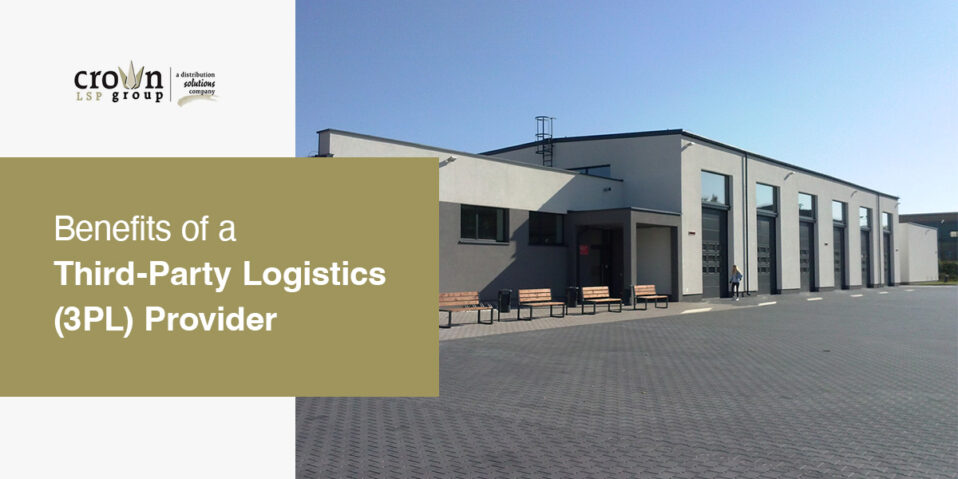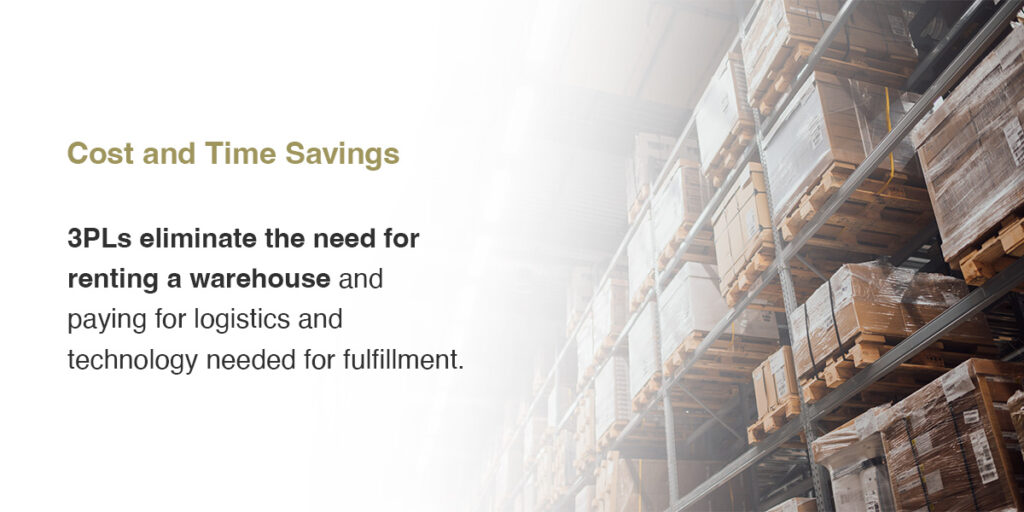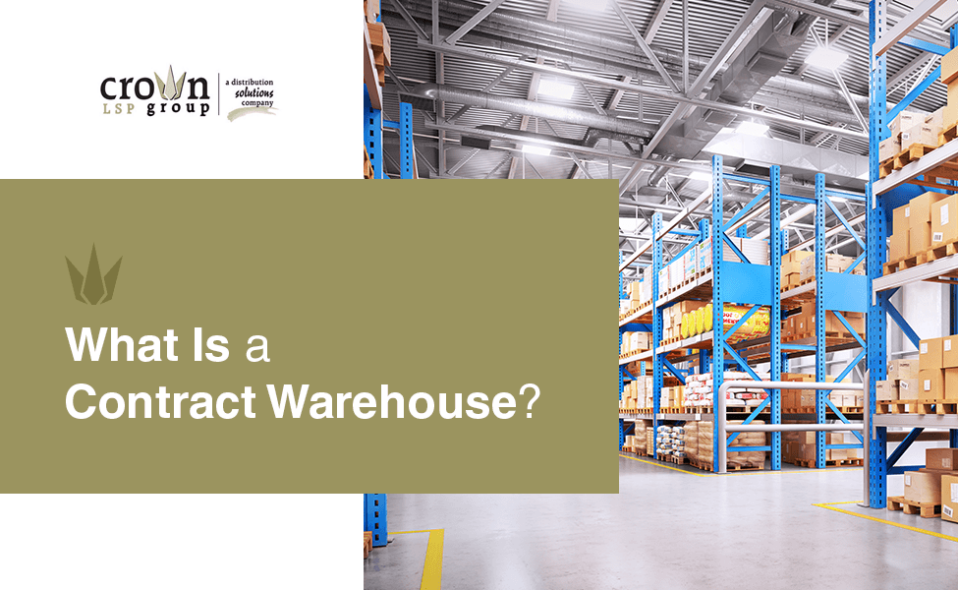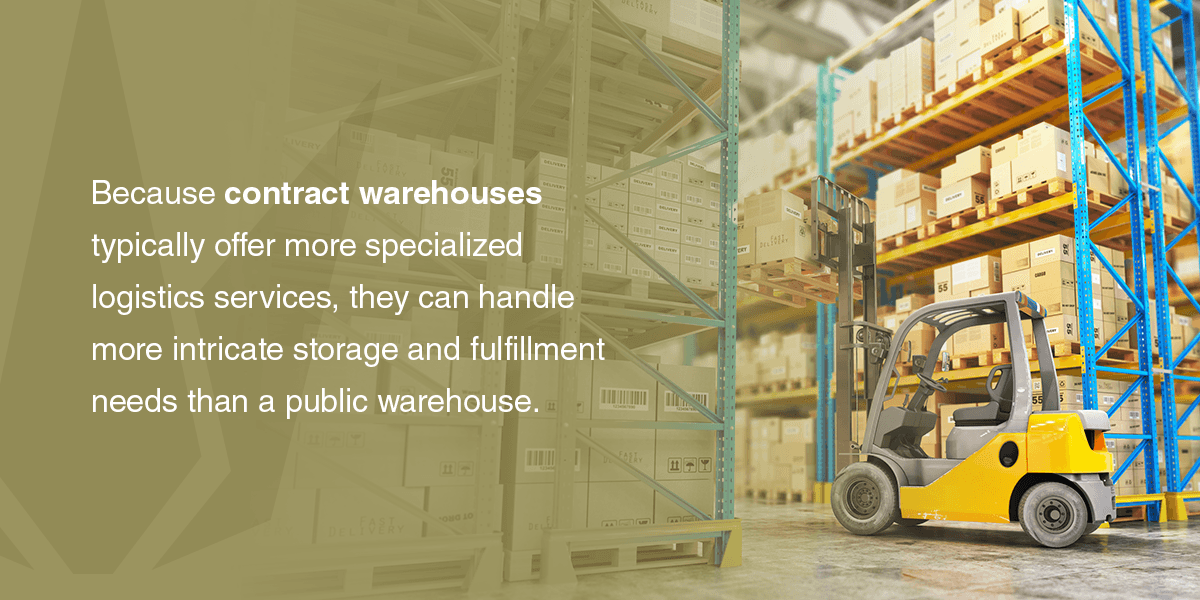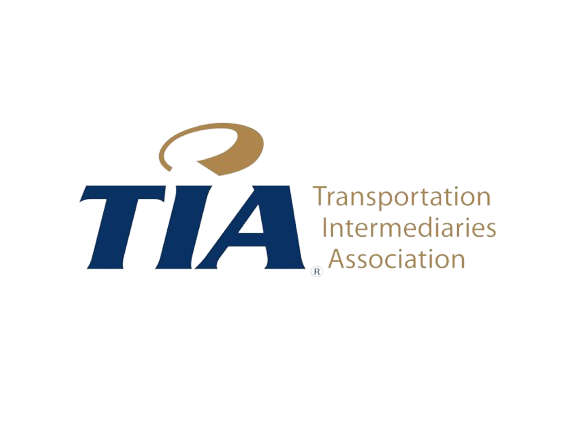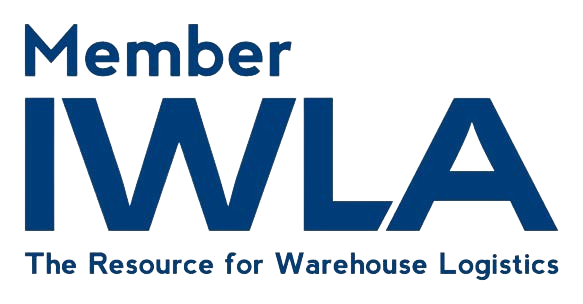Third-party logistics (3PL) solutions are a value-added service for companies, including manufacturers, retailers and other businesses. Organizations often turn to us at Crown LSP Group to outsource warehousing and transportation services so they can focus on what they do best. Explore what you need to know about 3PL warehouse costs so you can get the most value for your budget.
Order Fulfillment Fees Explained
Understanding 3PL warehousing costs starts with considering the fees you might face when outsourcing the packing, picking, shipping and receiving of goods sent to fulfillment centers. These can include fees for warehousing and account setup in addition to the costs you’re paying for labor, storage space, services and more.
Warehousing fees are usually charged in one of the following ways:
- Monthly flat fee: A 3PL might estimate your service costs based on your inventory and the services you may need and charge you the same fee every month. Flat fees make it easy to budget. This model is best if your order fulfillment needs change very little month over month.
- Variable pricing: This pricing model is usually based on the cubic or square feet you use in storage, plus any service fees.
- Rate card pricing: In this type of pricing model, you pay based on the weight of your inventory and where it is shipped. While this type of cost is associated in some warehousing fees, it is much more common in less-than-truckload shipping.
If you’re unsure about 3PL pricing and need to work with real numbers based on your current needs, Crown LSP Group can help. Our transparent and cost-effective solutions are flexible, so we can often find a great option for you that fits your budget. Contact us to talk about how much you may be able to save.
Common Types of 3PL Fees
Total 3PL costs can go beyond the price of storing, packing and shipping your products. The following fees are common, though what you pay will depend on your needs:
- Transportation fees: These fees cover the cost of transportation for your inventory, from origin to destination. The fee is usually based on the weight or cubic feet of the products. If you’re forwarding products from one destination to another, additional fees may apply for unpacking, inspections, sorting and labeling.
- Warehouse receiving fees: You will be responsible for fees charged by distribution centers or warehouses when they receive shipments from 3PLs.
- Fulfillment center storage fees: Also known as an inventory storage fee, this is what you pay to store your products in a fulfillment center. The cost is usually based on the pallet space, cubic feet of storage space or bin space.
- Pick and pack fees: These fees cover the cost of getting items from inventory and packaging them for shipment. Fees usually apply per item, and you can expect to pay extra for heavy or large items. If you have a large inventory, you may be able to seek a lower per-item rate.
- Fulfillment fees: This is the shipping fee, which is often based on weight and volume. Sending inventory over long distances can also impact your rates.
- Return fees: Also known as reverse logistics, these fees cover the costs incurred when a customer returns one of your products.
- Inventory audit costs: You may pay this cost for an audit to make sure your records match your actual inventory. This additional fee is usually optional and can be helpful to ensure no mistakes have been made in shipping your products.
- Kitting fees: These costs may apply if your shipments include a need for your 3PL to group or ship products together. For example, if you have a subscription box service, your 3PL team may build boxes every month by combining different products in one package. This assembly will cost an extra fee, which will depend on the number of products assembled as well as your order volume.
- Setup fees: When you first start working with a 3PL provider, there may be a fee to open your account. The cost can vary depending on the services you need, the provider you’re working with and the size of your company. These one-time fees cover the admin and other costs associated with starting a new account.
- Account management fees: These costs are ongoing and usually charged per month. The cost may vary depending on the 3PL service provider, your business needs and the services you are receiving. Account management fees cover the miscellaneous expenses not covered by other fees. For example, they can cover reporting, shipping labels, document storage and related costs.
Fees can vary widely, which is why you want to choose a 3PL service solution carefully. When you partner with Crown LSP Group, we provide bespoke solutions that meet your needs — so you don’t pay for services you don’t require. We’re also transparent about pricing, so you can budget accurately and understand any fees that apply.
Factors That Impact 3PL Costs
To keep 3PL costs low, it’s important to understand what could affect the price you pay:
- Your 3PL provider: Every 3PL solution charges fees. Crown LSP Group is committed to saving you money and finding custom solutions that meet your service and budget needs. We’re your partner in offering value and exceptional services.
- Special requirements: Unique needs, like eco-friendly packaging or special services for very heavy, large or fragile items, can affect your costs. Products that need special temperature control will also cost extra because of the added utility costs and special warehousing requirements. In general, the simpler your needs, the less you can expect to pay.
- Distance: If your items need to travel far, prices may be higher — especially if your items need to pass through multiple hands or across international borders.
- Services: The services you need beyond warehousing, such as assembly services, will affect your costs. Should you need fewer services, you can expect to pay less.
- Volume and weight: Heavy and oversized inventory takes more space and is more difficult to move, so it typically incurs additional costs. The amount of inventory you have will also have a big impact on 3PL costs because volume determines how much storage or warehouse space you need.
- Shipment volume and size: The number of shipments and orders will impact labor costs — and your fees. The average order size can impact your costs, too.
- Hazardous materials: Hazardous materials need to be stored and shipped with extra caution and in special environments, which can add to your costs.
- Special shipping considerations: Specialized transportation equipment incurs additional costs. If your inventory requires temperature-controlled trucks, for example, a fee may apply.
- Inventory values and insurance needs: The value of your inventory can impact insurance costs and result in additional fees.
- Stock rotation: If your inventory needs to be rotated, the extra work adds to labor costs and the amount you pay.
- Cross-dock shipments: Cross-docking saves you time by allowing your inventory to move directly from one truck to another in the transportation process, reducing the amount of time your products spend sitting idle. This process is often an extra service with its own fees.
- Other special considerations: Labor shortages, weather and other unpredictable events can all have an impact on costs and your shipments.
When considering 3PL costs, don’t forget to factor in what you’re saving by outsourcing. The costs of building warehouse space yourself or trying to maintain raw materials or finished products on your premises can add up.
Storing materials and products on-site can also increase your insurance costs and can harm your bottom line if anything gets damaged or goes missing. If you don’t have enough product to start manufacturing or shipping, the costs of keeping production lines idle can be significant — and unhappy customers who don’t get their items on time can slow your business growth. Keep in mind that you can save on these costs when you outsource 3PL solutions to a trusted provider.
Control Costs and Enjoy Quality 3PL Solutions With Crown LSP Group
Costs for 3PL service can vary widely depending on your service needs. At Crown LSP Group, we understand order fulfillment fees affect your bottom line. We offer custom solutions so we can bring you competitive pricing for the services you need.
Crown LSP Group is your partner in warehousing and transportation services. Contact us today to request a quote.

